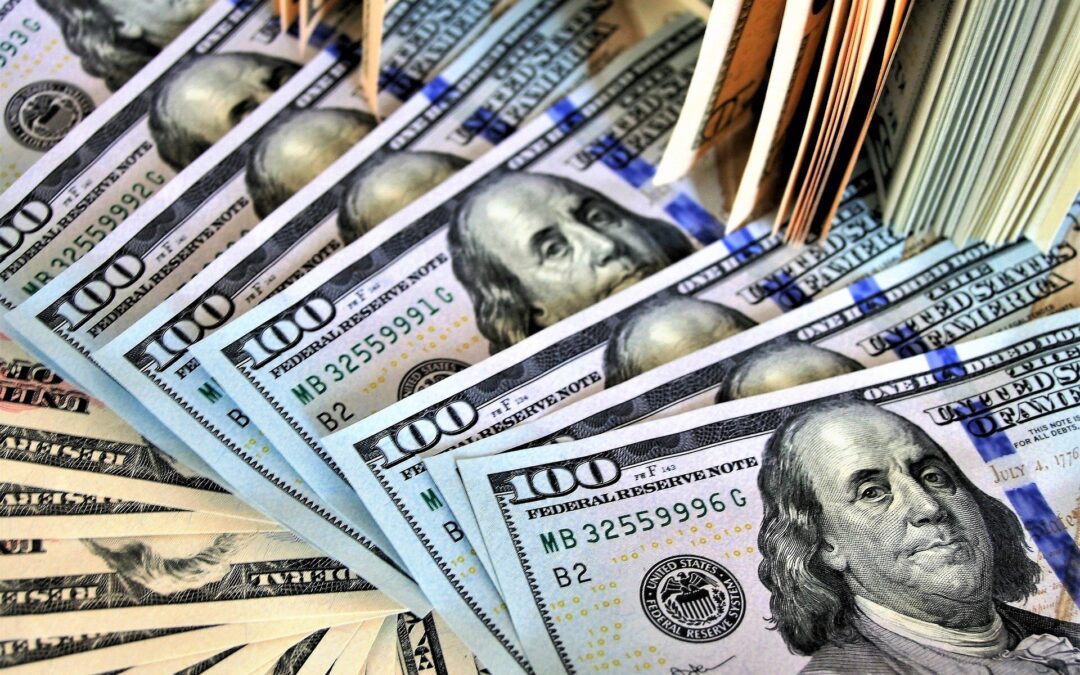There has been much talk in recent years about the role of cash in an increasingly digital economy. This talk was exacerbated by the global COVID-19 pandemic where digital payments rose significantly. However, it’s vital that we don’t count cash out yet.
A report by Javelin Strategy and Research and Cardtronics, titled The Health of Cash and its Role Expanding the Digital Economy, took a look at how cash usage actually supports a digital economy. The researchers point out that “Consumers who want to use cash or have limited access to card channels want to be a part of the digital economy but are limited not through any fault of their own but because digital strategies purposefully leave them behind.”
Expanding Cash Accessibility
The report’s authors find that in order for digital commerce to expand and thrive there needs to be an expansion of cash accessibility and integration through multiple channels. “An extensive payment technology network enabling cash is widely available in the United States yet sits disconnected from the mobile platforms users want to use. Automated teller machines (ATMs) have been seen as an access point to withdrawal cash 24 hours a day. ATMs can integrate or connect to cloud-native software to deliver extensive services to consumers. The market challenge is that many ATMs are under-utilized.”
Cash Rebound
In spite of the global pandemic, cash has rebounded more than any other payment method and remained at a high 78% usage rate throughout 2020. This was far greater than credit card usage (59%) or debit card usage (53%) tracked in October 2020.
Consumers also credit cash usage with protecting privacy and financial security, safe to use, and is often the easiest way to make a payment.
So, why isn’t cash part of the digital economy? It should be, according to consumer preference. Nineteen percent of consumers questioned stated that they would like to pay with cash when ordering goods online and picking them up in-store. Twenty-eight percent of consumers would like to use cash when ordering food online, and thirty-one percent of consumers would like to pay in advance for services using cash. However, there currently is no way to receive cash for services through digital services.
To achieve this, the authors suggest that merchants and app providers need to “extend ATM cash deposits to enable loads to non-financial-services accounts. Using virtual card technology to link to the merchant account enables the consumer to complete a purchase when the cash is deposited or to pre-fund a purchase. Merchants who host ATMs can benefit from improved ATM functionality by driving more foot traffic and reasons to visit stores.”
Here’s to hoping that the digital economy steps up and begins to include the millions of underbanked or unbanked people living in the United States today.

